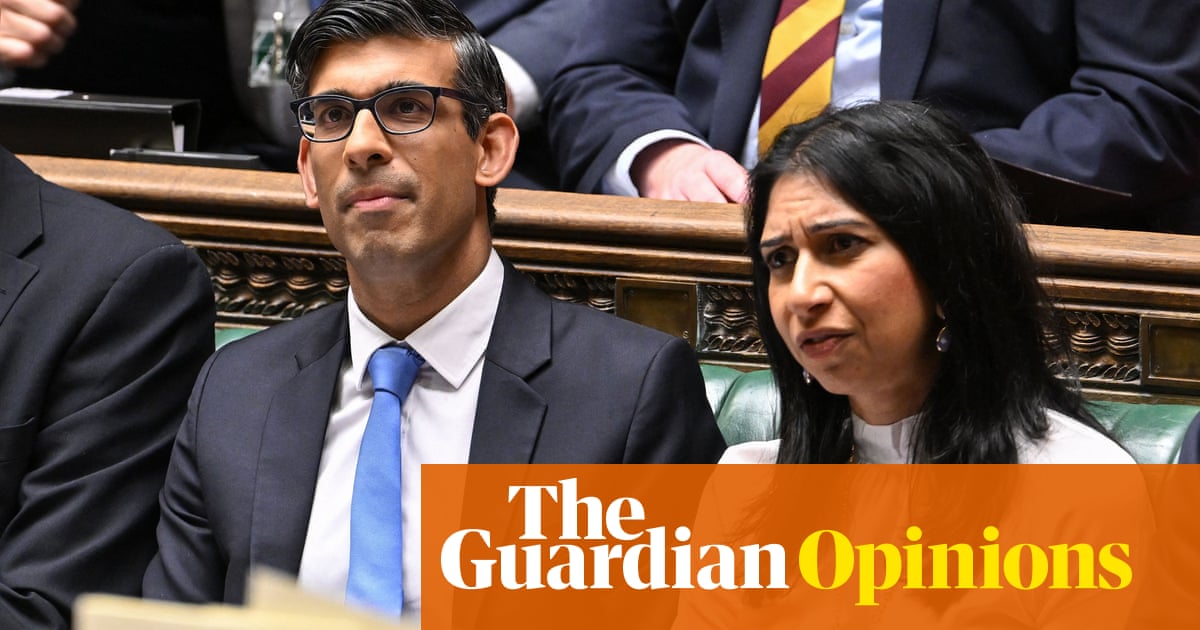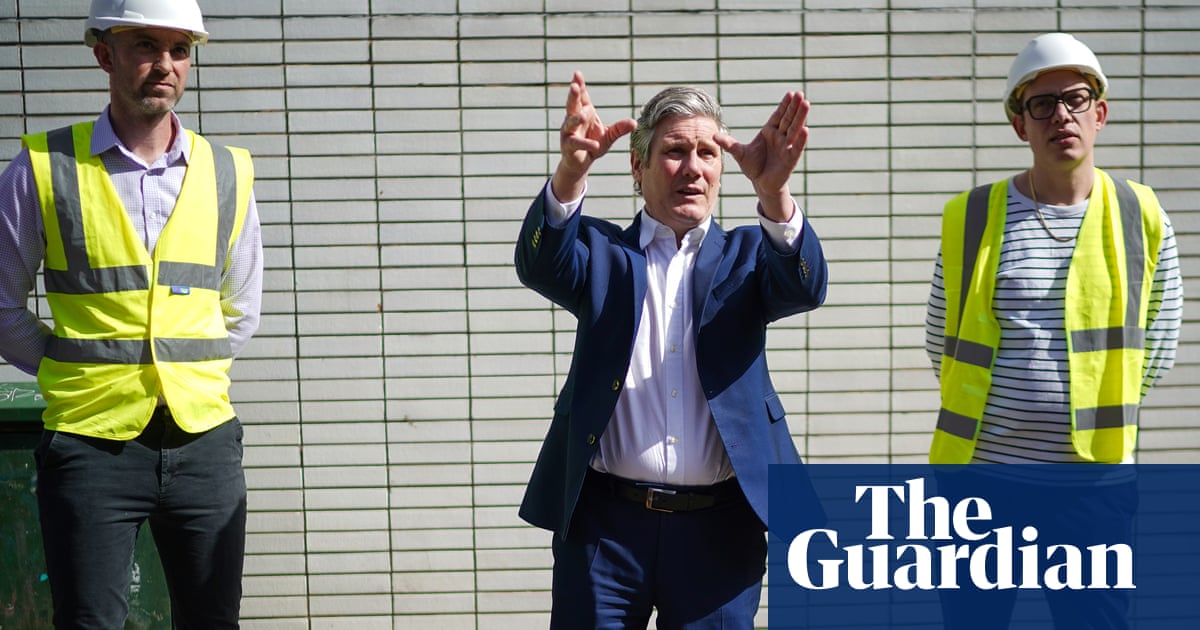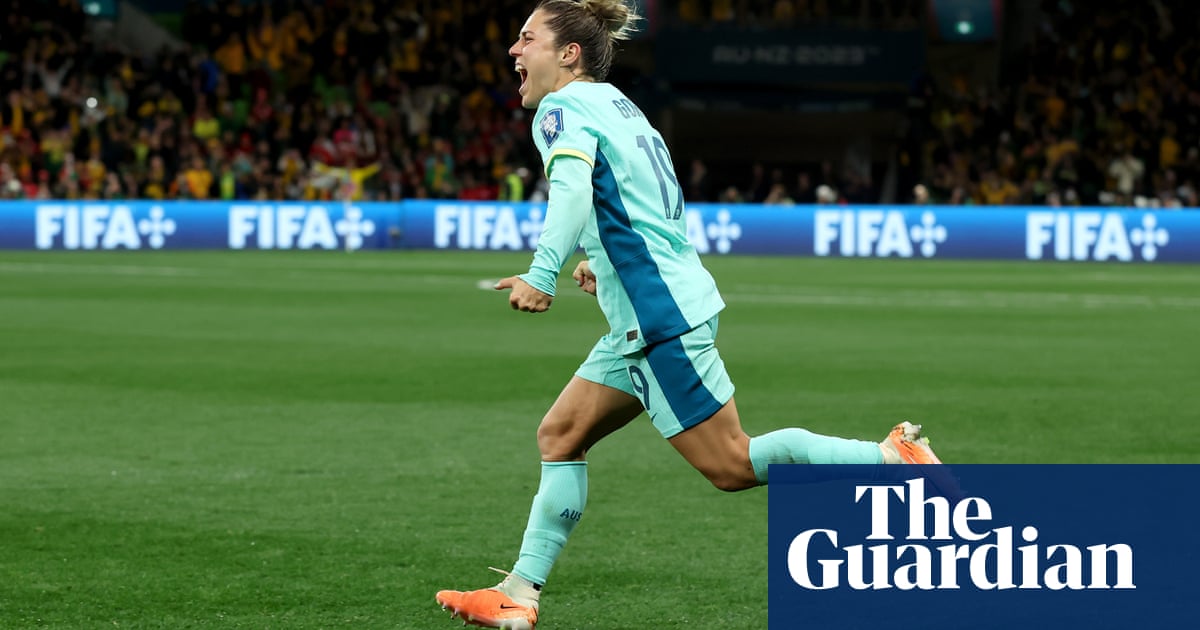
On the face of it, a little over a third of the way through, this feels like a pretty good Premier League season – at least from a football point of view. There is the possibility of a three-way title fight. The only side that look as though they could be cut adrift have just been taken over by owners who can be expected to spend heavily in January. There are intriguing stories everywhere, from Manchester United’s struggles to the returns of Antonio Conte, Steven Gerrard and Patrick Vieira.
The arrival of Ralf Rangnick at Old Trafford adds to the richness of the mix, the sense that the Premier League is the home of the world’s most tactically advanced football. Not only does the Premier League have coaches of the proven quality of Pep Guardiola, Jürgen Klopp and Thomas Tuchel, but also now, along with Marcelo Bielsa, two of the great theorists who have shaped so much of how modern football is played.
The old carousel coaches, the ashen-faced football men who specialised in getting a side to 15th, have largely been driven out and the survivor of that generation, David Moyes, has undergone a remarkable reinvention, so much so that it is Rafa Benítez, with his Champions League and La Liga titles, who has come to seem like the upholder of that dour tradition.
The growth of the Premier League’s middle class, with Leicester, West Ham, Aston Villa and Everton investing relatively heavily over the past few years to challenge (or at least be in a notional position to challenge) Tottenham and Arsenal for the European places, has added to the intrigue, aided by the way the Premier League has been insulated by its enormous broadcast deal against the economic impact of the pandemic seen elsewhere. Players such as Youri Tielemans, Son Heung-min, Emi Martínez and Tomas Soucek remain at upper-mid-table English clubs because the more glamorous predators who might once have pounced for them have been largely defanged.
(As Rory Smith of the New York Times suggested recently, so great is the Premier League’s advantage that it’s barely worth La Liga or Serie A trying to compete on broadcast rights; there’s an argument they would be better off getting their games screened on free-to-air television overseas to try to build an audience for future rights deals.)
But amid all the positivity, the sense that the Premier League this season is a good product that is worth watching, one statistic should perhaps give cause for concern: while the top three – before the weekend’s fixtures – had a combined goal difference of +79, only one other side, West Ham, had a positive goal difference. And that perhaps, more even than the seven‑point gap between third and fourth, gives an indication of how much better they are than the rest.
The top three are all in their ways slightly flawed – Manchester City and Chelsea both tend to fail to take chances; Liverpool’s defence is far leakier than it was in their title-winning season. Which means there is not yet the same sense of relentlessness there was in 2018-19 when City won their last 14 games of the season to take the title by a point from a Liverpool side that themselves lost only once all season and won their final nine games. For all there was only a point between them, there was remarkably little intrigue over the final two months, a title race that, like a bad grand prix, came to feel like a parade.
But still, catch one of those three on a good day and there is the potential for a hammering: Liverpool have won eight games by three or more goals this season; Chelsea six and City four. At the moment, Chelsea are on course for 90 points, which would be the eighth-highest total for the champions since the Premier League became a 20-team competition in 1995-96. West Ham, in fourth, are on course for 65 points, which would be the fifth-lowest total to take fourth since 1995-96 and the lowest since Everton in 2004-05.
Other than emphasising the gulf between the top three and the rest, that shouldn’t be taken as an indicator of West Ham’s lack of ability; rather it suggests an equality below the top three, certainly while Manchester United, who remain the wealthiest English club by revenue, sort themselves out. The truth is that steps and gradations and subdivisions within a league are very hard to avoid.
And that in itself raises the question of what an ideal league would look like. How much equality would be a good thing? A season in which all 20 teams finished on 50-odd points might be fun, but probably would suggest a lack of quality. And that matters, not just because it would have a negative impact on results in Europe, but because high-level teams are good to watch.
There is a joy and a privilege in watching sides as gifted as City, Chelsea and Liverpool, even when there is unease at the financial structures or entities that have contributed to their dominance. For the rest, it’s good to have giants because there is a frisson in playing them; the question is how giant they should be.
Every game should be a challenge, no result should be taken for granted. At the moment, the Premier League, while still probably overly skewed towards the elite, feels not too far off that point. But if City and Chelsea start taking their chances more consistently, or if Liverpool stop leaking soft goals, that perception could quickly change.
The real fear lies ahead. In 2018, the Premier League ended the equal division of overseas broadcast rights. By last year, those rights were worth £1.3bn a year. US rights have just been sold for £2bn over the next six years. Despite problems over Chinese rights, the international market is growing, and increasingly profits the bigger clubs.
Add in the change in the Champions League format from 2024 to provide more games and revenue for the elite, and the middle-class surge that has done so much to enliven the early months of this season could very quickly disappear.












